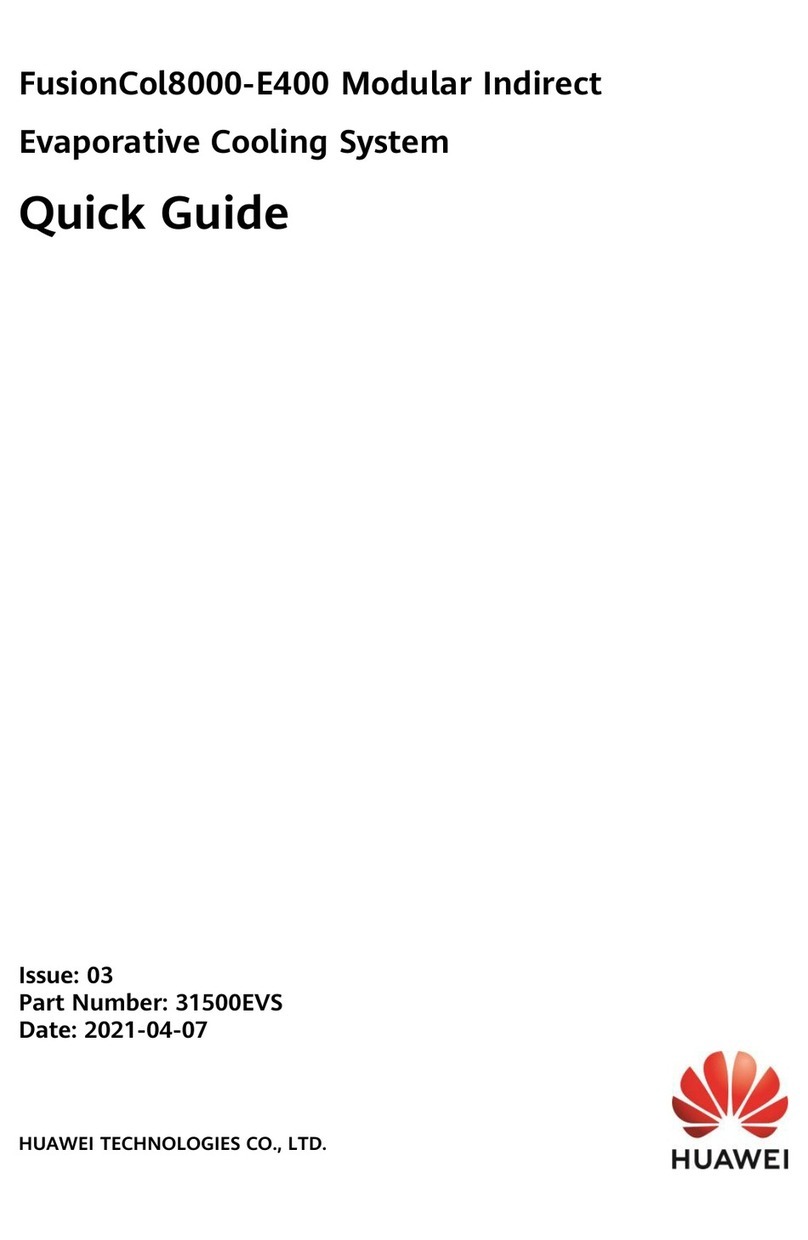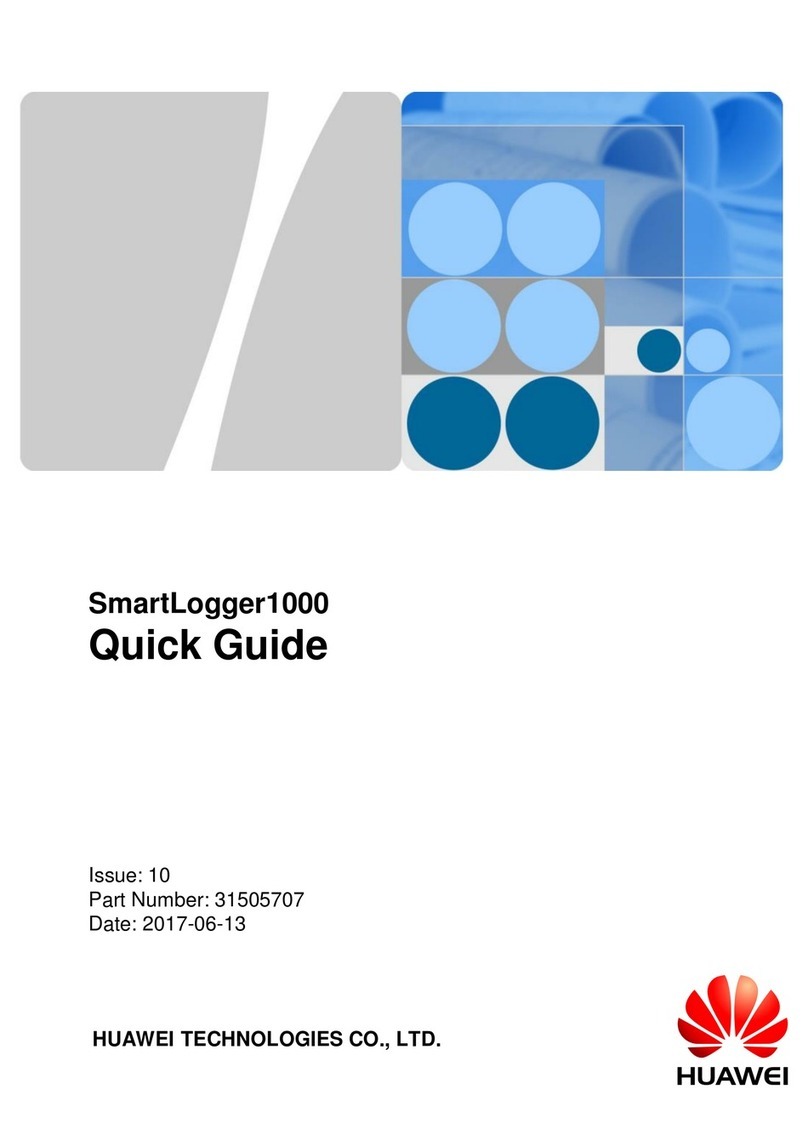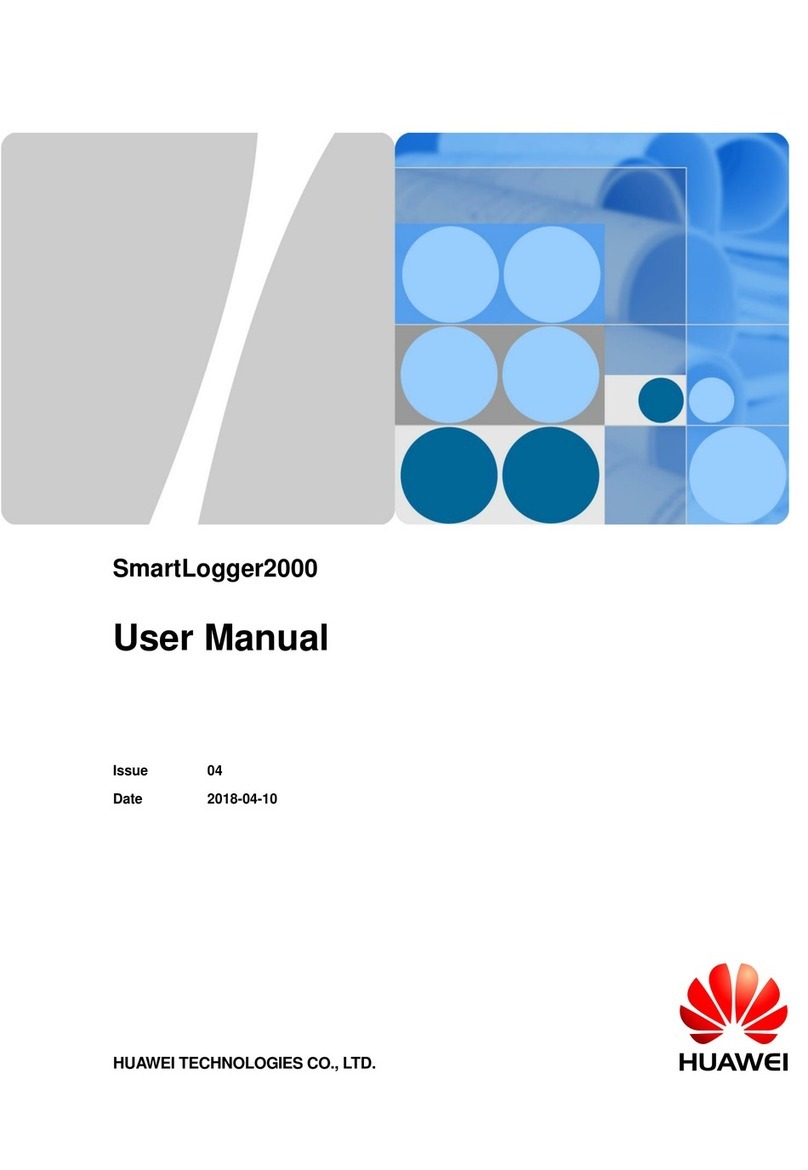Contents
1 SMU01A Overview.......................................................................................................................1
1.1 Description.......................................................................................................................................................1
1.2 Network Diagram.............................................................................................................................................1
1.3 Performance Specifications..............................................................................................................................3
1.4 Functions..........................................................................................................................................................3
2 Panel and Ports ..............................................................................................................................6
3 LCD Description .........................................................................................................................10
3.1 LCD Application............................................................................................................................................10
3.2 Menu Hierarchy .............................................................................................................................................12
3.3 LCD Menu .....................................................................................................................................................13
4 Web UI Description....................................................................................................................22
4.1 Requirements for Operating Environment .....................................................................................................22
4.2 Preparations for Login....................................................................................................................................22
4.3 Web UI Overview...........................................................................................................................................24
5 Operation Guide .........................................................................................................................34
5.1 Setting Communications Parameters..............................................................................................................34
5.2 Selecting a Display Language........................................................................................................................36
5.3 Querying Alarms ............................................................................................................................................36
5.4 Setting Battery Parameters.............................................................................................................................37
5.5 Upgrading Software Remotely.......................................................................................................................37
5.6 Opening a .TXT File Exported from the Web UI...........................................................................................38
6 Installation....................................................................................................................................39
6.1 Safety Precautions..........................................................................................................................................39
6.2 Installing the SMU01A ..................................................................................................................................39
6.3 Replacing the SMU01A.................................................................................................................................40
7 Troubleshooting Methods.........................................................................................................41
A Acronyms and Abbreviations..................................................................................................42




































